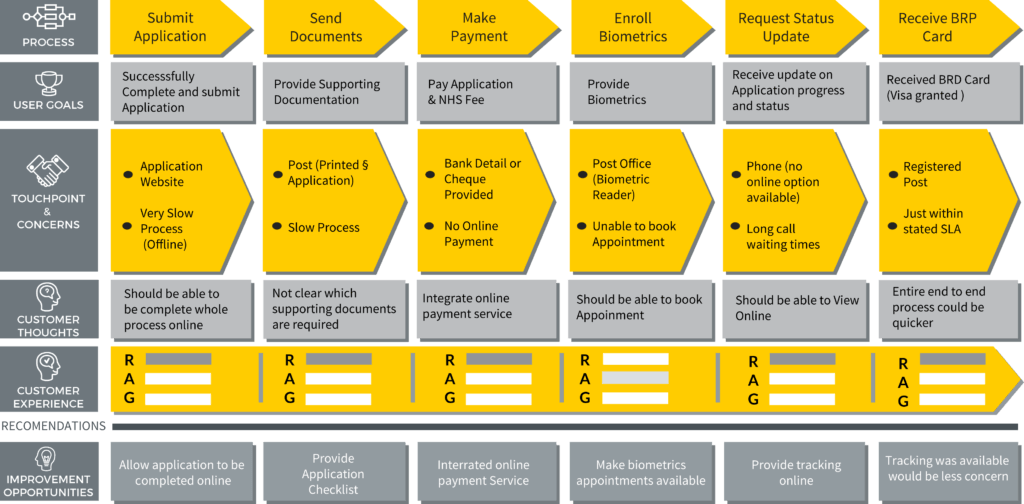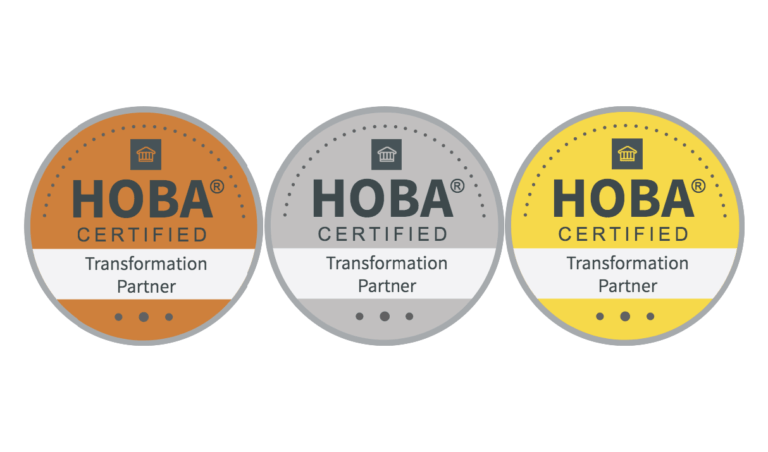- It’s not about the standard you follow
- It’s not about technology
- If you have to change, you change.
It’s Not About The Standards
- What you want to be hearing, or looking for in the response to that question where they not actually saying ‘this is how we have done it, and how we will do it in the future’ but actually “we have a preference towards XYZ approach, but we are not closed off or opposed to other methods, standards and approaches”. If you can detect that, you are in with a chance, and
- It takes a combination of tools, techniques, methods and approaches to transform an organisation. There are no one-size fits all. Different stakeholders see the world differently from others, some are more detailed and need to see the detail, some are more big picture thinkers and doers and need to see the big picture. Trying to get the CEO or C-suite to sign off on detailed process maps is going to be a complete waste of their (and your) time, as is showing financial data and costings to Operations staff. You have to use the right tool for the job.
Different stakeholders see the world differently from others, some are more detailed and need to see the detail, some are more big picture thinkers and doers and need to see the big picture.
Heath Gascoigne Tweet
- Layers – there are different layers within the organisation, Executive/board, Operations, Project.
- Language – different layers have their different language. Use it.
- Level – at those different layers, stakeholders understand different levels of details. Use the right level.
It’s Not About Technology
Designing (and implementing) your Service Model, despite what the name might imply, is not about technology (I’ll leave some tips below, see if you can spot the answer).
Before we get too far, what is a Service Model? A Service Model is also known as a High-level Customer Journey. It is how the Organisation is setup and structured to deliver its service(s) to its Customer(s).

The steps to define the Service Model or the elements of the Service Model – i.e. the parts of the organisation that are involved, engaged and interact with each other to give that Customer a seamless value-adding User Experience is as follows:
Step 1 – Identify the User
Note – that wasn’t – identify the ‘service’, business service or technology service, it was literally – identify the User.
That’s the first tip (the ‘subject’ is in the title)
Step 2 – Identify their Journey
Step 3 – Identify the Touch Points
Step 4 – Identify the Good Points
This is what works well, if you are changing something about this journey, you don’t want to throw the baby out with the bath water i.e. you want to keep the good things. What you do is improve or remove bad things.
Step 5 – What are the Pain Points
This is the articulation and visualization of the concerns and needs identified early above in the Stakeholder Mapping. Now you are seeing where in the User Journey these pain points appear, which now you get to elaborate on, because you have context of where they occur now in their interaction with the Organisation.
Step 6 – What are the Improvement Opportunities
These are the candidate of inputs into the solution options, to address those Stakeholder (i.e. User) concerns and needs. As you learn more about the Stakeholder and building up the picture of their experience and interaction with your Organisation, you build up a better and deeper understanding of their concerns, in their own words. In Lean, that’s called Voice of the Customer (VOC).
Next tip – it’s about the Customer
Here’s the bonus part…
Step 7 – Identify the processes that support those User Journeys, or phase of User Journeys.
What’s is in a Process? – People, Process, and Technology. By understanding what Processes you currently have that support those User Journeys, you know for each process:
– you need People to carry out the work,
– you need a Process to follow, and
– you need Technology (and data) to enable it.
In an ITIL or SOA world, you will either have whole systems or applications supporting all or part of those processes with services, technology services or microservices.
But do you know where those ‘services’ are?
Those ‘technology services’ are literally and figuratively a long way from the Customers mind or point of view, and a long way from the WIIFM in their head and what they are looking for, namely – in terms of the 3 L’s – it’s in a different language, at a different layer, and different level of detail they are familiar with or understand.
If you are speaking to the Business with this language, you are going to ask yourself, is what you are saying going to resonate with them, or is it going to be noise?
If You Need to Change, You Change
- Prior research

It is this point that you start to build up a picture of what audience is looking that you 1) understand it, and 2) you address it, as you will later be pitching aka presenting back to your analysis, findings, designs, solution options and road map to implement it.
If you don’t understand their concerns, it doesn’t matter how much work you put in, and how pretty your documentation and presentation is, it will not resonate with your intended audience, what you have done, despite going blue in the face, is created expensive shelf ware.
If you know you have to change but don’t want to admit it. Here’s a little test.
Put yourself in the situation – you are the new CEO. You just joined the Organisation – you don’t have any attachment to the history of what has gone on before, you are focused on results. What would you do?
The key to this is “a good consultant doesn’t have all the answers, he/she has all the questions“.
A good consultant doesn’t have all the answers, he/she has all the questions
Heath Gascoigne Tweet
- The right information












